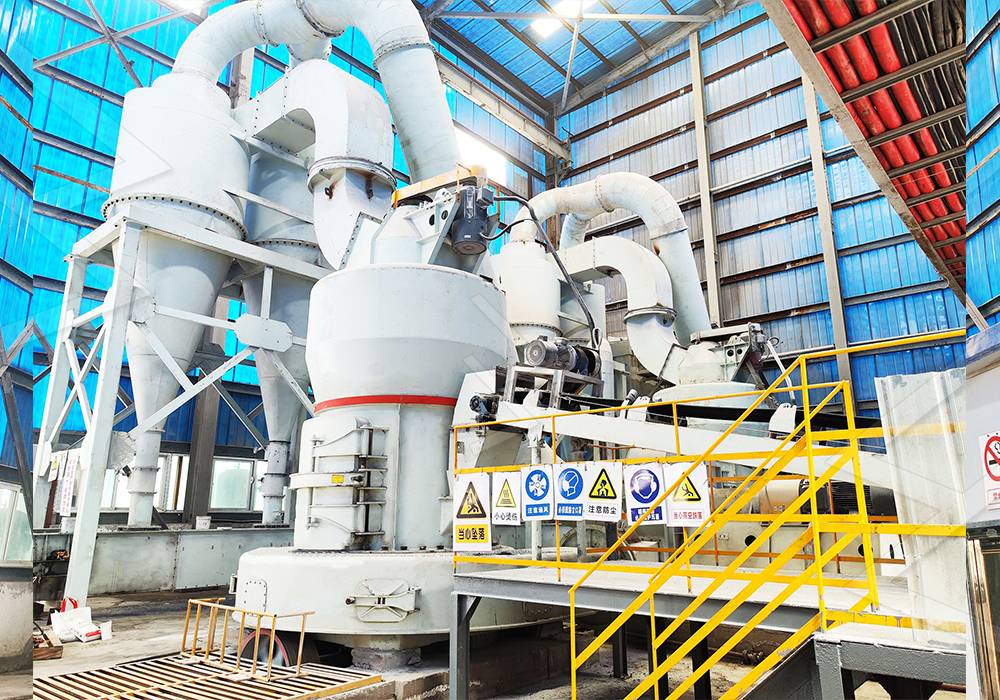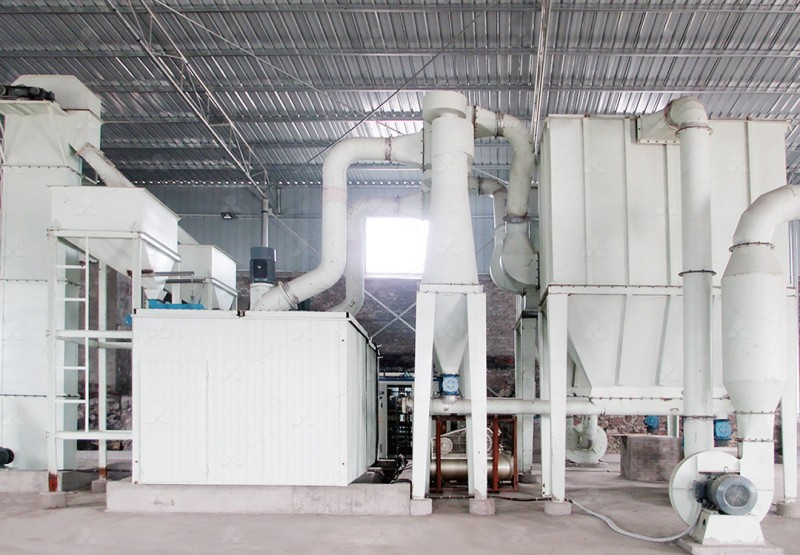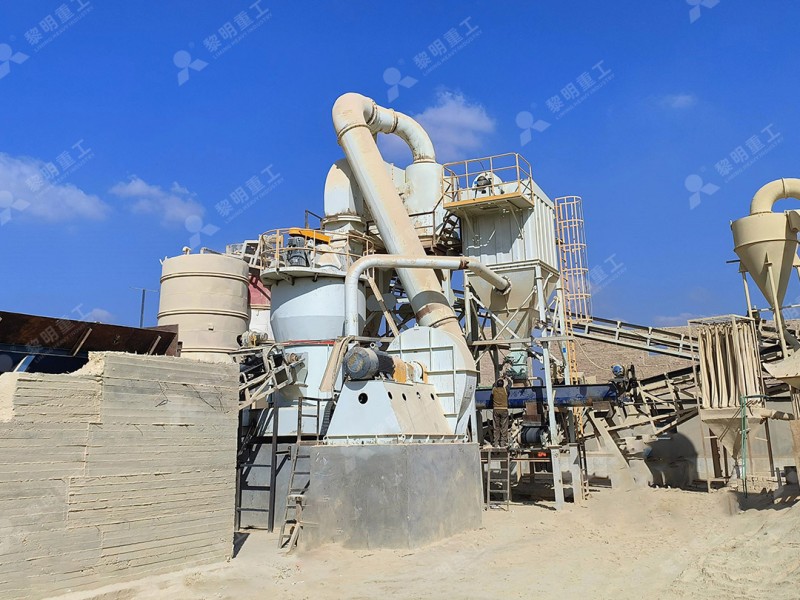Swing Mill Grinder Diagrams and Parts Breakdown for Indonesia Market
We provide a wide range of mills — including Raymond mill, trapezoidal mill, vertical mill, ultrafine mill, and ball mill, obtained ISO9001 international quality certification, EU CE certification, and Customs Union CU-TR certification. Suitable for processing minerals such as limestone, phosphate, quicklime, kaolin, talc, barite, bentonite, calcium carbonate, dolomite, coal, gypsum, clay, carbon black, slag, cement raw materials, cement clinker, and more.
The discharge range of these mills can be adjusted to meet specific processing needs, typically from 80-400 mesh, 600-3250 mesh, and can achieve the finest particle size of up to 6000 mesh(D50).
If you are looking for a reliable grinding solution to turn stone or minerals into fine powder, please feel free to contact our online customer service.
Swing Mill Grinder Diagrams and Parts Breakdown for Indonesia Market
Hey there, fellow engineers and plant managers in Indonesia! Dealing with mill maintenance and part replacements in our humid, abrasive conditions is a real challenge, isn’t it? Knowing your grinder inside and out – from the diagrams to the smallest wear part – is absolutely crucial for minimizing downtime and maximizing productivity. Let’s break down some key components and considerations specific to our market.
Key Components & Common Wear Points
Understanding the grindin chamber is job one. The grinding rollers and grinding rings are your primary wear parts. In Indonesia, where materials like limestone and coal slag can be particularly abrasive, the quality of these components directly impacts your operational costs. Look for alloys specifically designed for high-wear environments.

The classifier or powder separator is another critical system. A malfunction here means inconsistent product fineness and wasted energy. For operations processing materials like calcite or barite for the chemical industry, precision here is non-negotiable. Modern cage-type selectors offer far better control than older blade designs.
Don’t forget the lubrication system. The tropical climate can accelerate oil degradation and water contamination. Systems that allow for external lubrication without shutdown are a massive advantage, preventing unnecessary maintenance stops during a production run.
Recommended Solution for High-Precision Applications
For operations in Java or Sumatra needing to produce ultra-fine powders for cosmetics, pharmaceuticals, or high-grade fillers, a standard mill often won’t cut it. You need precision, reliability, and efficiency.
For these demanding applications, we highly recommend our MW Ultrafine Grinding Mill. It’s engineered for customers who need to make ultra-fine powder between 325-2500 meshes. A key feature for our market is that it’s equipped with an efficient pulse dust collector and muffler, significantly reducing dust and noise – a big plus for meeting local environmental standards. Its unique design has no rolling bearings or screws inside the grinding chamber, eliminating common failure points and worries about seal damage or loose screws causing catastrophic failure. Furthermore, the lubricating device is installed outside the main shaft, allowing for external lubrication without shutdown, enabling continuous 24/7 production, which is a significant efficiency booster.

Another Solid Option for Vertical Grinding
If your operation involves slag, coal, or similar materials and you’re looking for a robust vertical solution, the LUM Ultrafine Vertical Grinding Mill is another excellent fit for the Indonesian market. It integrates grinding, classifying, and transporting, features advanced powder separating technology, and is designed for stable, energy-efficient operation. Its reversible structure is a maintenance dream, allowing grinding rollers to be easily moved out for check-ups, drastically reducing downtime for replacing wear parts like roller shells and liner plates.
Conclusion: Smart Selection is Key
Choosing the right mill and understanding its parts breakdown isn’t just about buying a machine; it’s about investing in your operation’s future profitability. Prioritize mills designed for easy maintenance, low energy consumption, and built with high-quality, wear-resistant materials. This approach will save you countless rupiah on spare parts, energy bills, and lost production time.

Always insist on clear diagrams and quality original spare parts from your supplier to ensure compatibility and longevity. Keep grinding, Indonesia!
